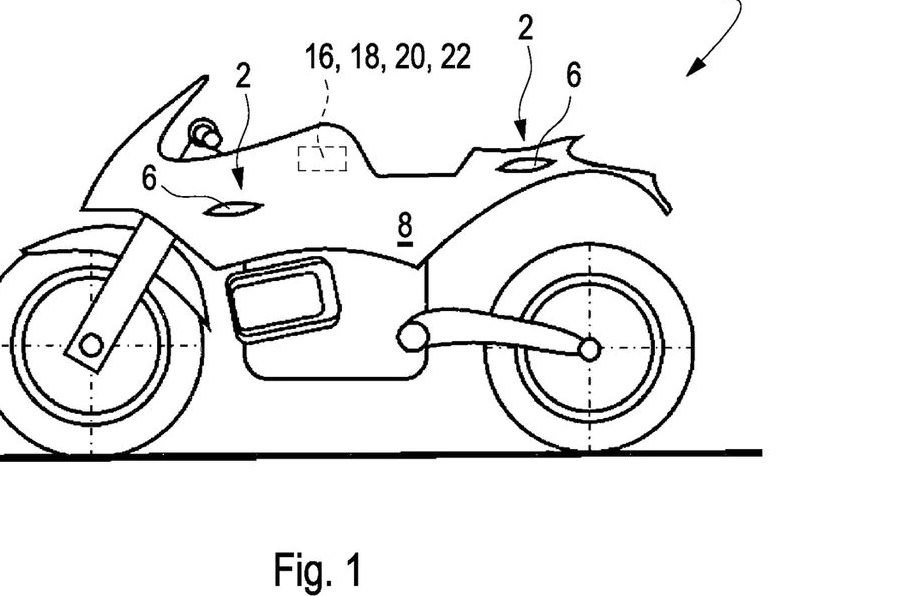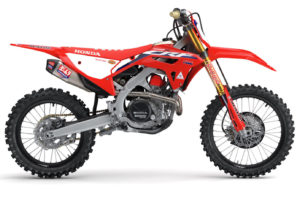If you are the proud owner of the latest, greatest supercar, chances are you are familiar with active aerodynamics. The technology, banned in Formula 1 racing, typically employs moveable panels and wings to control the movement of air in and around the vehicle, enhancing downforce, braking, cooling, or reducing wind resistance when desired. Recent patents by BMW show that the company is developing active aerodynamics for motorcycles, a seemingly natural progression from the fixed winglets that MotoGP bikes and certain Superbikes already employ.
Like in Formula 1, active aero is banned in MotoGP, and World Superbike requires winglets to be standard on the street versions of homologated bikes in order for them to be allowed on the race bikes. However, WSBK does not currently have a ban on active aero, as long as whatever aerodynamic technology is used is also found on the production version of the bike.
The BMW patents illustrate front and rear winglets that are moveable to change their aerodynamic properties, presumably to increase downforce or decrease drag, depending on the desired effect. The drawings show the winglets being manipulated in multiple directions, as well.

BMW Active Aero Patent. Credit: CycleWorld.com
Some of the drawings show the winglets on the bodywork, but others show them mounted directly to the swingarm and fork legs, which would provide a more direct path of forces to the tire contact patches, instead of having to work through the suspension.
If and when active aero makes it to production sport bikes, their implementation in WSBK will immediately follow. Will MotoGP follow suit?
Credit: CycleWorld.com







